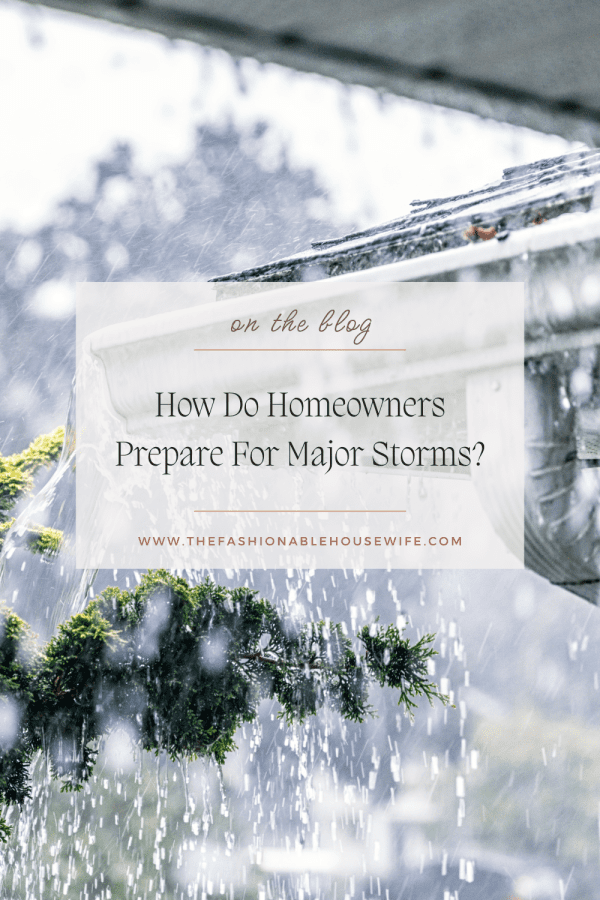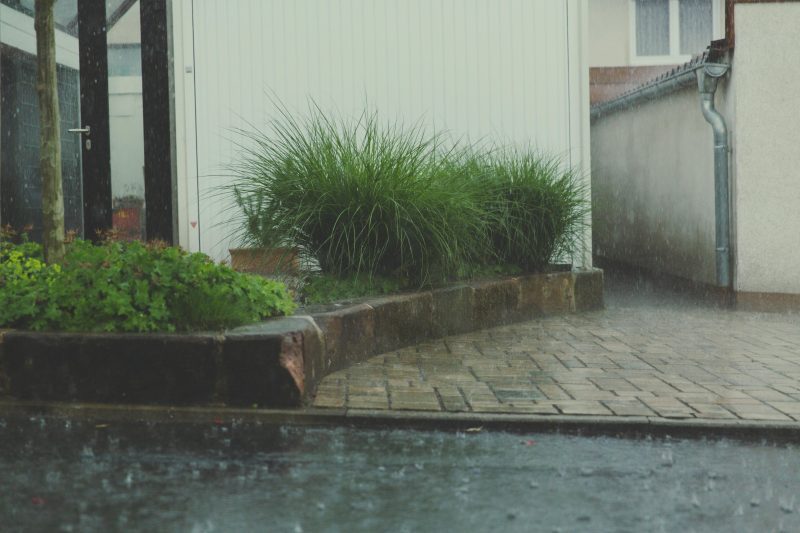How Do Homeowners Prepare For Major Storms?

There are many ways to interpret the term “major storm.” For some, depending on the relative experience they have where they live, this could mean a heavy monsoon period, an intensive rainfall, high winds or even hurricanes.
Of course, anything up to an official evacuation warning will have people staying put, preparing for the worst, and trying to defend and salvage what they can. That doesn’t mean your house is going to withstand every single storm just because you haven’t been told to evacuate yet.
As someone who may have moved into a stormier area, or if you just want to live in a more robust household for when they come, it’s worth asking – how do homeowners prepare for major storms? Again, this may differ from house to house, place to place, but some of the most common suggestions are as follows:
Securing Windows
We sometimes forget how vulnerable windows can be in strong winds or heavy rainfall if they haven’t been so bad where you’re from. Sometimes small objects flying around can cause damage if they hit at the wrong angle, which is why a bit of prep really does help. If you have storm shutters, give them a quick once-over to make sure they still close properly. If not, some people use plywood boards as a temporary shield. Double-check your seals too, because no one wants water trickling in during a downpour. Moreover, if you’ve just moved into the property, it’s worth asking the previous owner or landlord what steps they used to take during rough weather. If you don’t have shutters, consider installing them. It’ll just give you the best of mind you were needing.

Roofing Inspections & Repair Preparation
The roof takes the strongest hit when a storm rolls in, which means that even a minor weakness can quickly become a bigger problem. You don’t always need a full replacement, but a quick look from a professional can help you save going on with a damaged roof that doesn’t have any visible signs. Yet talking to a roofing replacement company will be able to tell you what condition it’s in, what needs fixing, and if you’re good for the season ahead. If it’s just mild damage you’ve noticed, having a few loose tiles secured or flashing checked can limit leaks or drafts. If there’s been a storm recently, a follow-up check of your roof doesn’t hurt either, because damage isn’t always easy to spot from the ground.
Access Routes & Supplies
If a big storm does hit, getting in and out of your home safely can be a little tougher than expected. As such, it’s smart to make sure your drive and any nearby drains are clear of debris, especially leaves or branches that tend to clog things up and cause water pooling. If you’ve got sandbags, keep them somewhere easy to grab in case you need to redirect water. It’s also good to stock up on the basics like water, easy meals, candles, batteries and anything else you may think you need. Not in panic-mode style, but just enough that if you’re stuck indoors or the power goes out, you can manage without scrambling, and that you have access when you need it.
With this advice, we hope you can continue to prepare for major storms and feel confident doing so.

